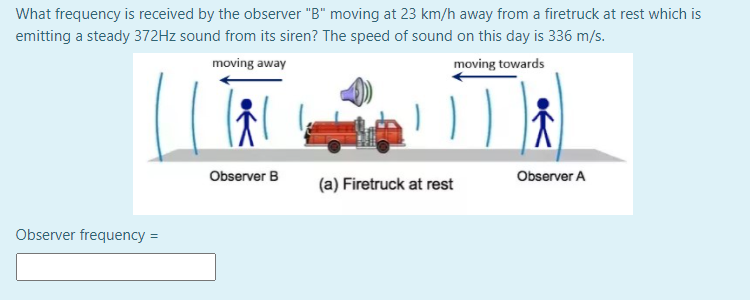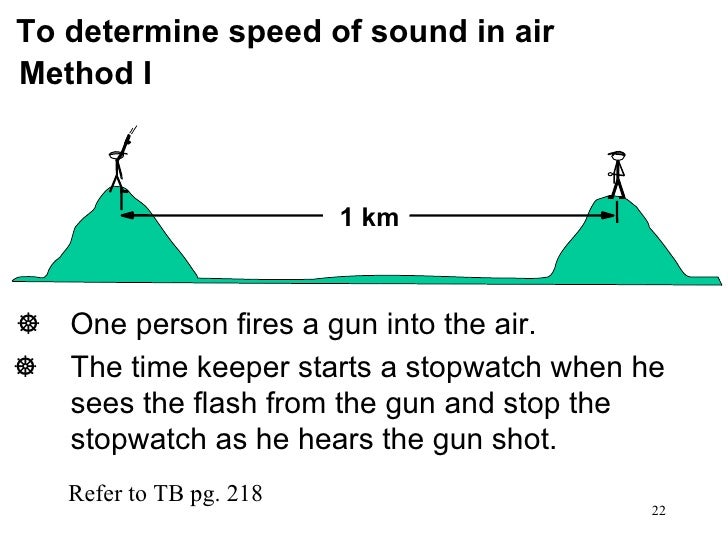



Steel is considered to be a stiff or rigid material, whereas a rubber band is considered a flexible material. A small stress on the rubber band causes a large deformation. On the other hand, a material such as a rubber band is highly flexible when a force is applied to stretch the rubber band, it deforms or changes its shape readily. Steel is a rigid material with a high elasticity. A material such as steel will experience a very small deformation of shape (and dimension) when a stress is applied to it. Elastic properties are those properties related to the tendency of a material to maintain its shape and not deform whenever a force or stress is applied to it. Typically there are two essential types of properties that affect wave speed - inertial properties and elastic properties. The speed of any wave depends upon the properties of the medium through which the wave is traveling. Faster waves cover more distance in the same period of time. A slower wave would cover less distance - perhaps 660 meters - in the same time period of 2 seconds and thus have a speed of 330 m/s. If a sound wave were observed to travel a distance of 700 meters in 2 seconds, then the speed of the wave would be 350 m/s. The faster a sound wave travels, the more distance it will cover in the same period of time. In equation form, this is speed = distance/time Since the speed of a wave is defined as the distance that a point on a wave (such as a compression or a rarefaction) travels per unit of time, it is often expressed in units of meters/second (abbreviated m/s). Always be cautious to distinguish between the two often-confused quantities of speed ( how fast.) and frequency ( how often.). While frequency refers to the number of vibrations that an individual particle makes per unit of time, speed refers to the distance that the disturbance travels per unit of time. Like any wave, the speed of a sound wave refers to how fast the disturbance is passed from particle to particle. As one particle becomes disturbed, it exerts a force on the next adjacent particle, thus disturbing that particle from rest and transporting the energy through the medium. A sound wave is a pressure disturbance that travels through a medium by means of particle-to-particle interaction.


 0 kommentar(er)
0 kommentar(er)
